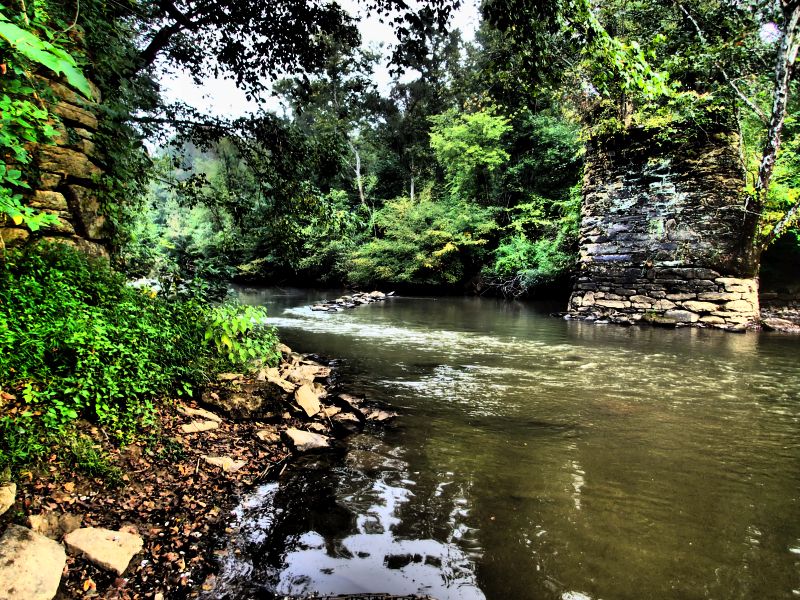Tours
Paddling Tour
Halifax, Va
Imagine a paddling experience unlike any other: More than 100 miles of navigable river, leading to 1,200 miles of beautiful lake shoreline. Unspoiled wilderness and abundant fish and wildlife, just a short drive from major cities. Waterfront camping and no crowds, just minutes from great restaurants, hotels, and outfitters. All along one freshwater trail that’s perfect for a few hours in a canoe with the kids, or a few days in the kayak with your friends.
2 Days
Medium Activity
Day 1

STOP : HALIFAX COUNTY VISITOR CENTER

STOP : PROVISIONS

STOP : BREAKFAST OF CHAMPIONS

STOP : KING’S BRIDGE LANDING

STOP : BERRY HILL RESORT

STOP : MOLASSES GRILL
Day 2

STOP : THE BUSY BEAN

STOP : SOUTHERN VIRGINIA WILD BLUEWAY
Consisting of three rivers and two lakes spanning Halifax and Mecklenburg counties, the Southern Virginia Wild Blueway offers a paddling experience unlike anywhere else in the country. Unspoiled terrain and interesting wildlife provide a feeling of wilderness, yet the Blueway is a short drive from major metro areas and has dozens of easy access points. Whether you’re looking for a couple hours on the lake with your family, or a more challenging three-day river trek, the Blueway delivers.
Your Day Two options for paddling are numerous.
Once back on dry land, fortify yourself with libations, appetizers, dinner, or all of the above one of our delicious dining establishments.
Looking for more things to do?
Search here for food, shops, and entertainment in Halifax County, VA.
